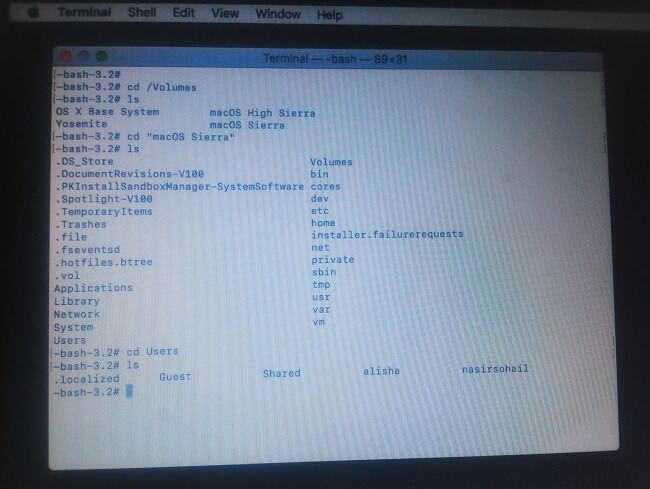

How to find documents on mac terminal mode how to#
How to Find Your CPU Model Using the TerminalĮvery Mac has a Terminal in which you can type various commands to receive an output. Terminal provides a command line interface to control the UNIX-based operating system that lurks below macOS (or Mac OS X). To open Terminal from your Applications folder, click your desktop to bring Finder into focus. While using a Mac, sometimes you need to dig deep into settings or perhaps pull off some developer-grade command-line tasks. Type ls command to list all files in the Trash folder. From Macintosh HD, I see Library, Applications etc. In a Finder window, it seems they are independent of each other. In the command line, type cd.Trash to change the directory to the hidden Trash folder. In Terminal, how do I go from Macintosh HD to places such as johnsmith that contains Downloads, Desktop etc. When I tried find, and used: find -name abc.dmg -path /, I got errors back.

I've tried to use spotlight, but it doesn't find it.

The steps are as follows: Go to Applications > Utilities > Terminal to open the Terminal app. I want to find a file on my Macbook with the filename: abc.dmg.
How to find documents on mac terminal mode Pc#
This is fine for most users, but power users or those looking to compare there Mac’s performance to an equivalent PC may want to know exactly which CPU is powering their computer. You can perform the file restoration task by using the macOS Terminal. Indeed, even after you’ve purchased a Mac, the information about the exact CPU model is hidden from the “About this Mac” system report. For example, when shopping for a new MacBook Air, Apple tells you in the specs that the base CPU is a 1.6GHz dual-core Intel Core i5, Turbo Boost up to 3.6GHz, with 4MB 元 cache, but doesn’t reveal the specific model.


 0 kommentar(er)
0 kommentar(er)
